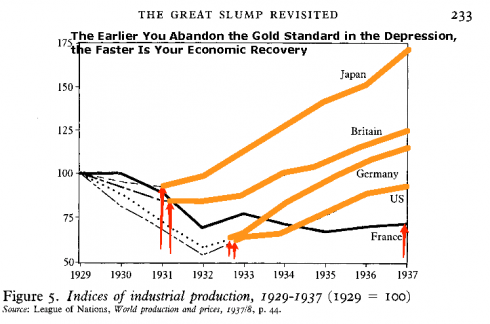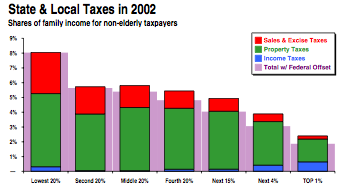I’ve not read this paper yet, but I’ve thought about the issues it raises a lot since the very beginning of the housing bubble’s collapse. To summarize the summary this paper is about the different ethical frames around mortgage holders v.s. mortgage lenders. The lender is expected to act in a purely rational – accountant like – manner, if those actions have the horrible unintended consequences that’s the price of rationality. We will not think poorly of the lender since his behavior is entirely in conformance with the perverse effect embedded in Adam Smith’s invisible hand. Meanwhile the mortgage holder is expected to act in a purely honorable manner, and if those actions have horrible consequences on his situation in life we expect him to take it like a man. If he doesn’t we will feel to lay waste to his honor. One of the key reasons it’s become popular to label senior executives as psychopaths is how society encourages them nurture a disconnect between what is maximally beneficial in an accounting sense and the effects of their actions on the lives of individuals.
The paper by Brent T. White is “Underwater and Not Walking Away: Shame, Fear and the Social Management of the Housing Crisis” (pdf) and it’s abstract:
Despite reports that homeowners are increasingly “walking away” from their mortgages, most homeowners continue to make their payments even when they are significantly underwater. This article suggests that most homeowners choose not to strategically default as a result of two emotional forces: 1) the desire to avoid the shame and guilt of foreclosure; and 2) exaggerated anxiety over foreclosure’s perceived consequences. Moreover, these emotional constraints are actively cultivated by the government and other social control agents in order to encourage homeowners to follow social and moral norms related to the honoring of financial obligations – and to ignore market and legal norms under which strategic default might be both viable and the wisest financial decision. Norms governing homeowner behavior stand in sharp contrast to norms governing lenders, who seek to maximize profits or minimize losses irrespective of concerns of morality or social responsibility. This norm asymmetry leads to distributional inequalities in which individual homeowners shoulder a disproportionate burden from the housing collapse.
It isn’t surprising that these two groups would have very different perceptions of what the rules and ethics of the situation are. Maybe what is surprising is that people tend to deny that; or having admitted it they then pick a very firm opinion about what the right position is about this. I.e. bank smart, borrower stupid, consequence is borrower’s fault; or bank ethical, borrower ethical, consequences be damn’d. You could setup three spinners and use them to assign a position to your high school debating club.
I love those sociology terms ‘social control agents,’ and ‘norms.’ I observe a lot of management cultism and it’s less black and white fellow travelers, e.g. MBA training, is focused on how engineer and manipulate such levers. Most practical men are indeed in thrall to the ideas of some long dead sociologist and current events are proving him nearly correct.
Bonus video:









